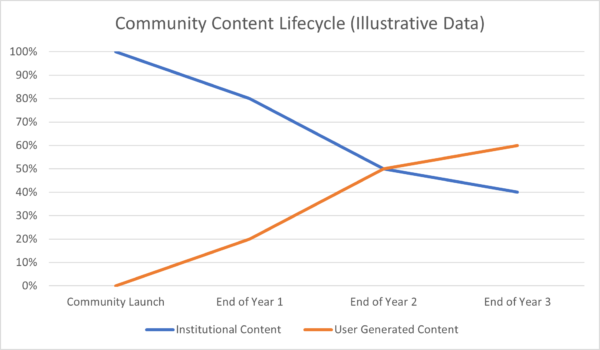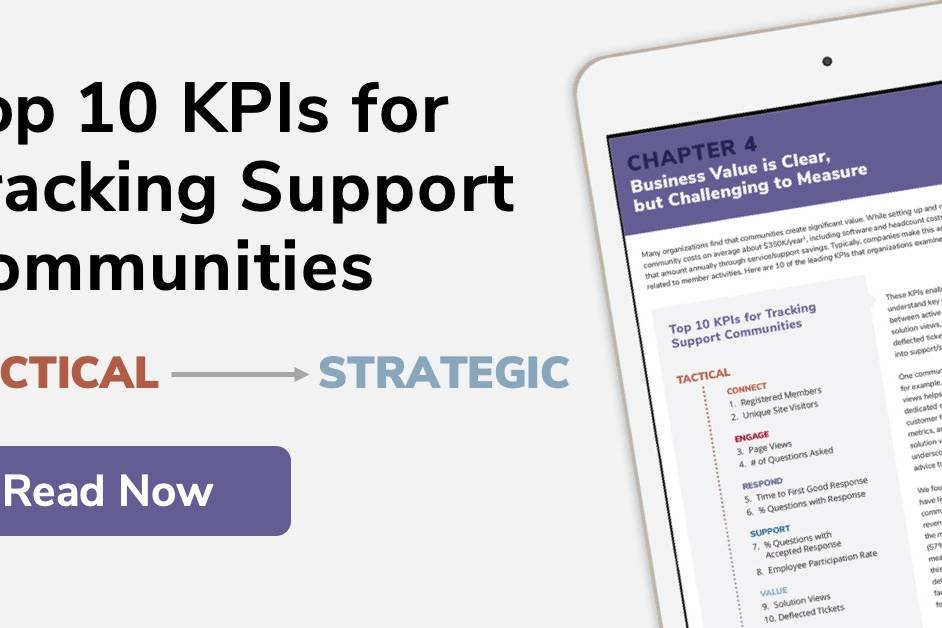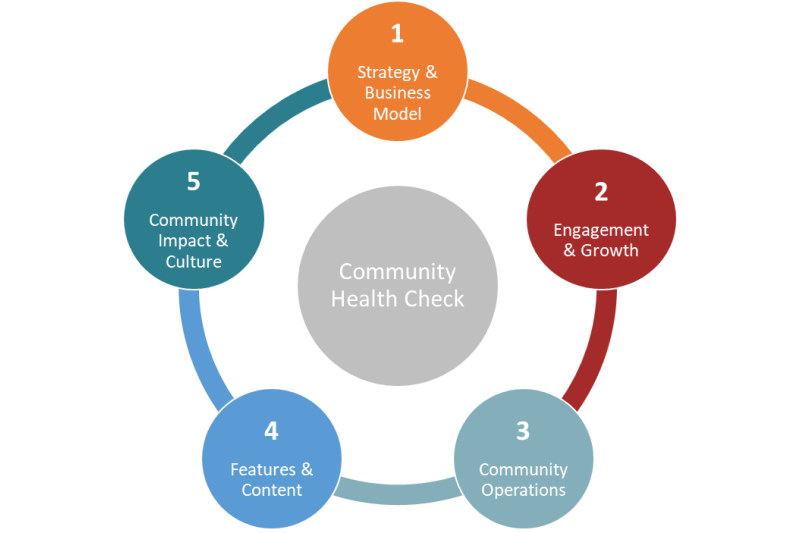
I must admit: the first thing that drew me to open-source communities was the price – more accurately, the lack of it. Years ago, I was a community manager for a global B2B company. The company was in midst of a cash crunch, and the CFO gave me some bad news: “We love the community but can’t afford the license for the community platform.” Desperate to save the community, I claimed “Oh – I’m sure I can find some license-free, open-source software.” The CFO loved the idea, and my hunt for an open-source solution began (and it ended well).
In my search, I found many options, including open-source content management systems with forums (e.g. Joomla, Drupal and WordPress). But the most compelling options were free “community editions” of software from companies such as Liferay and Vanilla. These companies not only offered open-source versions, they also supported communities dedicated to the free versions of their software.
What is special about this 3-way relationship between companies, the products they release as open-source, and the open-source product’s community that together deliver unique value for everyone involved?
In Crafting an Open Source Product Strategy, Dave Neary, community architect at Red Hat writes: “Open-source is not a business model. Fundamentally, it is two things: a way to develop software collaboratively, and a way to increase the distribution and reach of your project by lowering the cost of acquisition.”
This makes sense. Take Liferay, for example. As I mentioned, I first found the company while hunting for open-source community platforms. Thanks to its free community edition, Liferay certainly had a low cost in “acquiring” me! No sales call involved.
Liferay isn’t alone. Wikipedia lists hundreds of free and open-source software packages, broken down into dozens of industry categories including:
- 8 accounting open-source software packages
- 12 security firewall open-source software packages
- 20 video editing open-source software packages
Creating a Business Case for Open-Source Communities
Just as the decision to release a product as open-source needs to be grounded in business strategy, the same is true for launching a community around an open-source product. Companies need to be clear about the strategic rationale for a community around their open-source software in order to justify a 6–figure annual investment in community manager(s), community events, and an online collaboration platform.
Open-source customer communities have many strategic justifications, including the two mentioned above (accelerating collaborative software development and lowering the cost of acquisition). Additionally, customer communities drive loyalty and retention, and they reduce service costs (as described in this Leader Networks article).
Managing an Open-Source Community
What happens when the decision is made to launch an open-source community? The community needs to be built and managed like other professional communities, but with some twists.
One important consideration is content. While content is key in any community, the information provided in an open-source community plays a unique role. The community’s online discussions must have a clear focus (Q&A about the software) and there should be a defined hierarchy between members who are experts with the content versus those who are beginners (for example, the word “expert” can appear next to some members whenever they post in the forums).
As the community grows, the community managers must track not only the amount of members in the community, but their engagement. Are members asking questions in the forums? Are they contributing code?
At Leader Networks, I’ve used the chart below to describe the maturity of business communities. Initially, the company or “institution” that launches the community provides 100% of the content (“institutional content”), but over time, the community itself begins to contribute (“user generated content”). In the illustrative example below, the community members contribute 50% of the content by the end of year two, achieving a key milestone in the community’s maturity.

As my colleague Vanessa DiMauro writes in “People Come For Content And Stay For Community”: “It is important to understand that the shift from institutional to user-generated content usually occurs when members begin connecting with each other. Community happens when members have found each other and have a vested interest in collaborating through content and conversation.”
The relationships between the community members and between the company and the community members is critical, especially when challenges and tensions arise. For example, Liferay made a decision about the open-source edition of their software that was criticized by some members. In this article, the CEO of Liferay himself responded to the challenging questions from the community about how a feature (clustering) was being handled in the open-source edition. Fortunately, Liferay had invested in the community over the years. It enjoyed a strong relationship with the members which was strong enough to handle bumps in the road.
Pointers for Community Managers of Open-Source Products
- Clarify the business value of the open-source community and its link to strategy
Start with one key goal, such as driving adoption of the (non-community) edition. Over time, the community can contribute to customer support savings, and it will make valuable contributions to the code base. - Double down on your open-source community’s value tracking
While CRM-community integration is a key goal for many communities, it is especially important for a company-sponsored open-source community. For example, you need to track whether the community is contributing to business development goals. - Consistently communicate your company’s strategy to your open-source community members
The investment in communications and community management will pay off and create a smooth transition as the community members take greater ownership of the open-source community.
I look forward to hearing about your open-source communities. Good luck!
Warning: Attempt to read property "base" on array in /home3/trusten9/public_html/leadernetworks/wp-content/plugins/wp-user-profile-avatar/shortcodes/wp-user-profile-avatar-shortcodes.php on line 665
Warning: Attempt to read property "base" on array in /home3/trusten9/public_html/leadernetworks/wp-content/plugins/wp-user-profile-avatar/shortcodes/wp-user-profile-avatar-shortcodes.php on line 665
Warning: Attempt to read property "base" on array in /home3/trusten9/public_html/leadernetworks/wp-content/plugins/wp-user-profile-avatar/shortcodes/wp-user-profile-avatar-shortcodes.php on line 665
Warning: Attempt to read property "base" on array in /home3/trusten9/public_html/leadernetworks/wp-content/plugins/wp-user-profile-avatar/shortcodes/wp-user-profile-avatar-shortcodes.php on line 665


